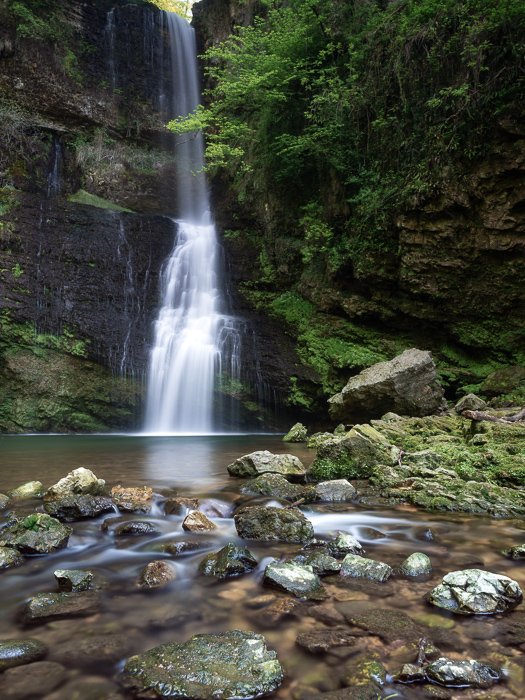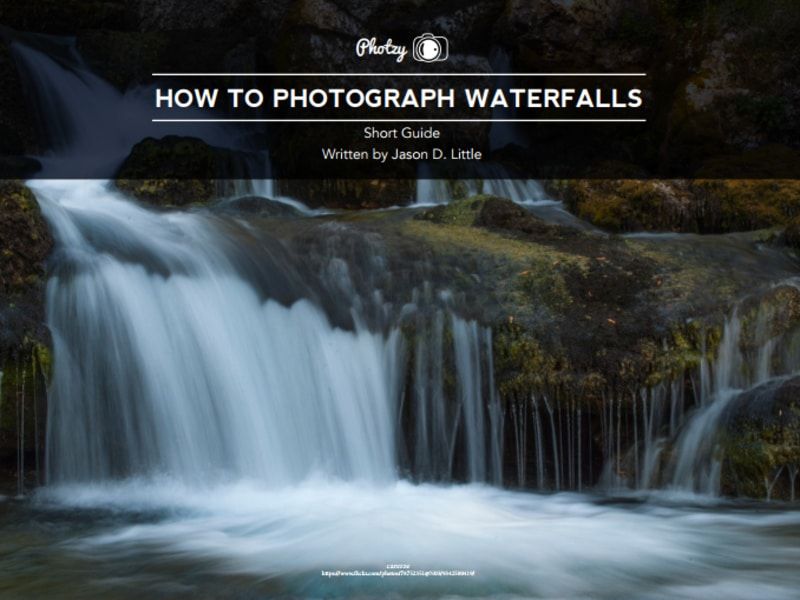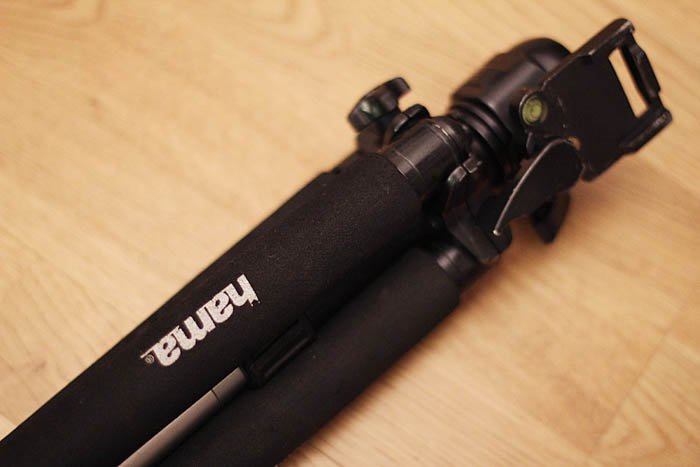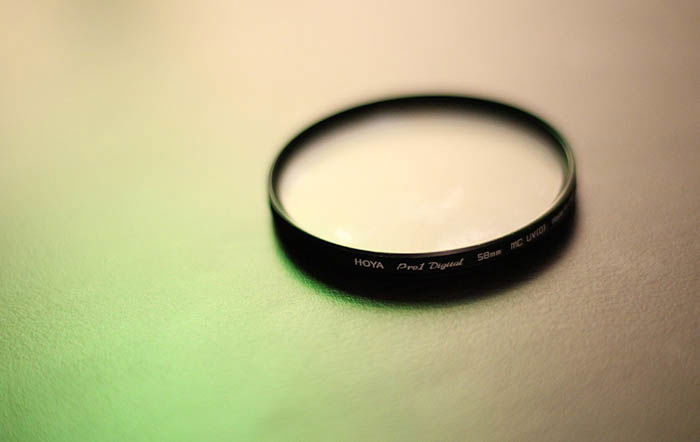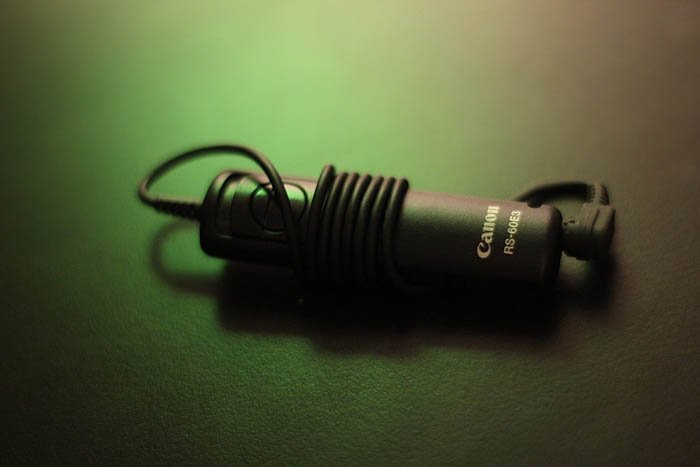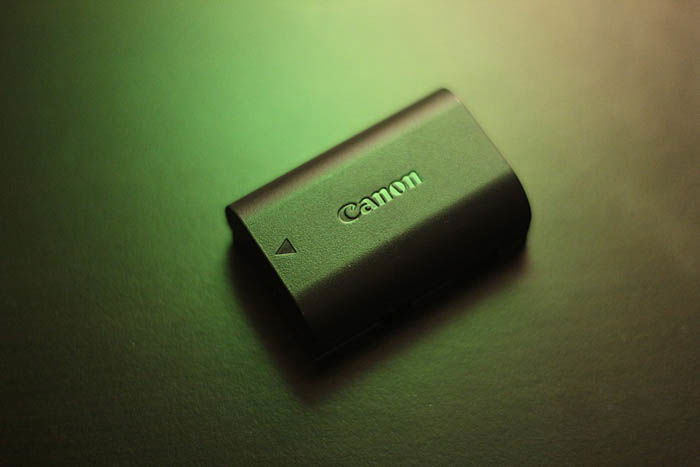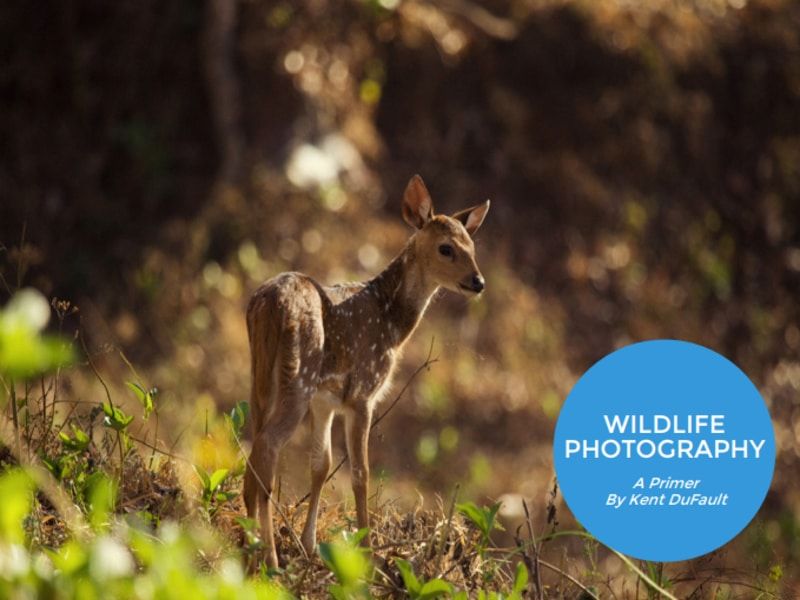21 Creative Self-Portrait Ideas for Photographers (#7 Will Make You Smile)
The first photography genre I fell in love with was self-portraiture. It entered my life at the perfect time. I was yearning to express myself, get better at something new, and feel inspired.
Self-portrait photography provided me with plenty of inspiration. It also taught me how to find photo-worthy moments almost anywhere. That’s why I encourage every photographer to give it a try.
If you don’t know where to start, you’ve come to the right place. The
tips and tricks in this article will teach you how to find inspiration
and invest in the right equipment.
You might think it becomes repetitive, and you will lose motivation. If
your subject is the same, how can you get creative? Don’t worry. We have
the solution!
We also provide you with 21 creative self-portrait ideas so that you don’t end up with the same composition.
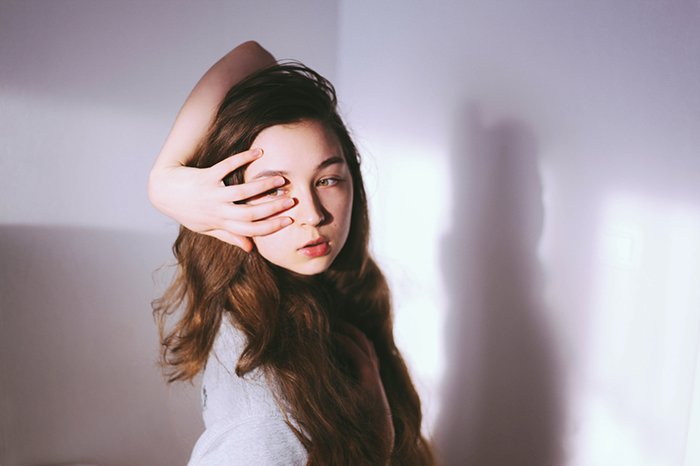
Essential Equipment for Self-Portrait Photography
Starting with the right equipment will make self-portrait photography easier.
A tripod
and a remote are the essential tools. They’re both very affordable and
enduring. Investing in them is something you won’t regret. A sturdy
tripod will keep your camera safe, while a remote will let you use your timer from a distance. This will save a lot of time and help you focus more on the quality of your work.
Lighting is another crucial aspect of self-portrait photography. Natural light can look great. But you have very little control over it. You can use additional lighting to give yourself more creative freedom. A ring light is perfect for self-portraits. They provide soft and evenly spread light. You can use them to remove unwanted shadows on the face. Or you can use them for directional light. Reflectors are another excellent tool for light control. A mirror works well, too, as a DIY reflector, if you don’t have the budget.
21 Self-Portrait Ideas to Inspire You
In the beginning, you might feel lost. You don’t know what poses, facial expressions, and decorations to use. Find portrait photographers you admire, try to recreate their work, and ask them for advice. By experimenting with different styles, you’ll find your style.
Some of the most influential artists in my life are self-portrait photographers. Check out Rosie Hardy, or Sophie Eggert for some ideas. Getting photography inspiration from others helps me when I lose creative motivation. This is why I’d like to share these creative self-portrait ideas. They will spark your imagination, encourage you to look at things differently, or make you laugh. Feel free to adopt any of these to better suit your photography style.
1. Create Characters Through Props and Costumes
Self-portraits are an excellent way to explore and express yourself. But you can also use them as a means of escape. By using props and costumes, you can create a whole new persona. It can be an alter-ego—an expression of your inner desires or interests.
Building characters with self-portrait photography is a fantastic storytelling device. The props and costumes you use can create new characters. They can be protagonists in wild adventures or magical fairy tales. Jovana Rikalo uses elaborate costumes to build fairy tale characters. These characters inhabit her imaginative stories and landscapes.
2. Add Rainbows
Vibrant colors and faces work very well together. If you don’t want to spend money on a prism, you can still create a stunning rainbow effect. All you need is a CD and a flashlight. Make sure the shiny side of your CD gets as much light as possible. Move it around until you have colorful stripes on your face. To make this process easier, use a mirror, a tripod, and a remote.
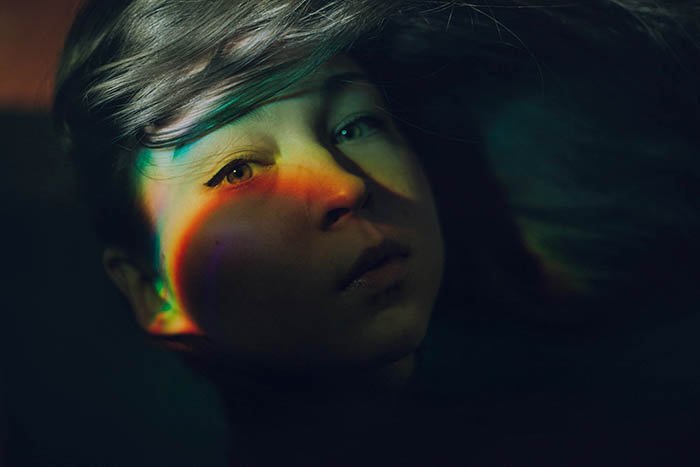
3. Photograph Your Silhouette
Silhouettes are great for those who don’t want to show their faces or those who want to look like someone else. These photos work very well with a shallow depth of field because of the resulting bokeh. It creates a soft, dreamy look.
To create a silhouette, stand in front of a background that is brighter than you. Make sure you stand so that it highlights the outline of your face. Then experiment with no fear!
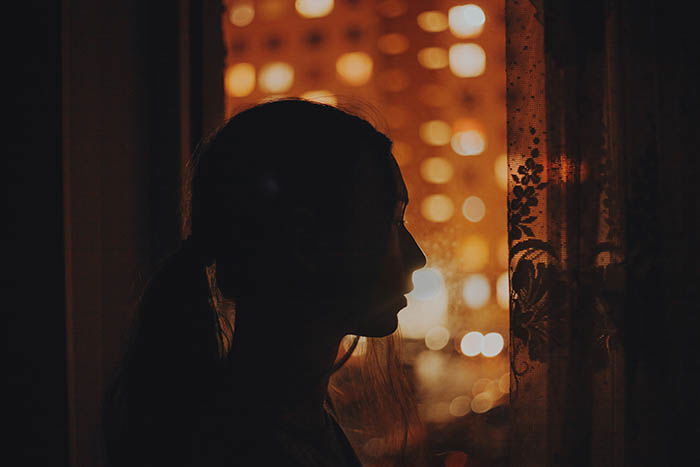
4. Transform Silhouettes into Double Exposures
Silhouettes are ideal for creating double exposures. A dark outline against a bright background is all you need to make artistic self-portrait photography. I often create double exposures out of pure curiosity.
You don’t need to have a groundbreaking idea in mind to create
something fascinating. All you have to do is combine a photo of your
outline with an image that complements your photo.
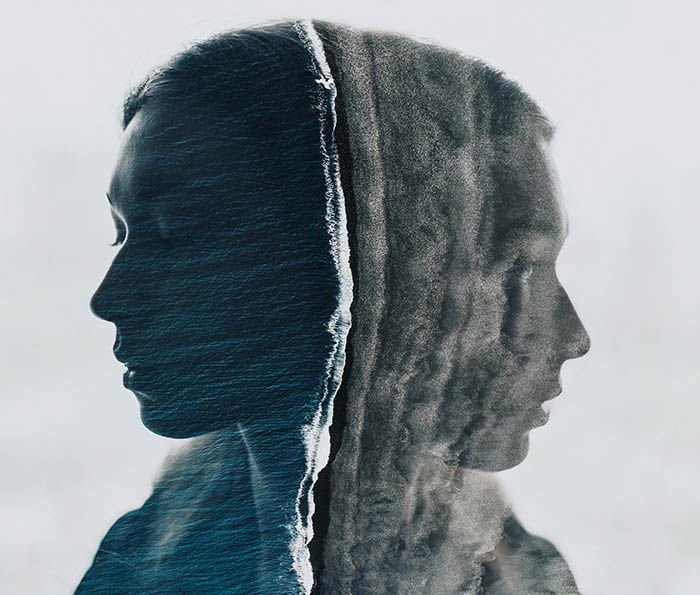
5. Use DIY Backgrounds for Self Portrait Photography
DIY photography
is cheap, easy, and accessible to anyone. Make backgrounds out of
fabric, bed sheets, curtains, clothes, or anything else that catches
your eye. The background
in the photos below is a simple curtain that I taped to the wall.
Though it’s wrinkled, it gives my self-portraits an exciting texture.
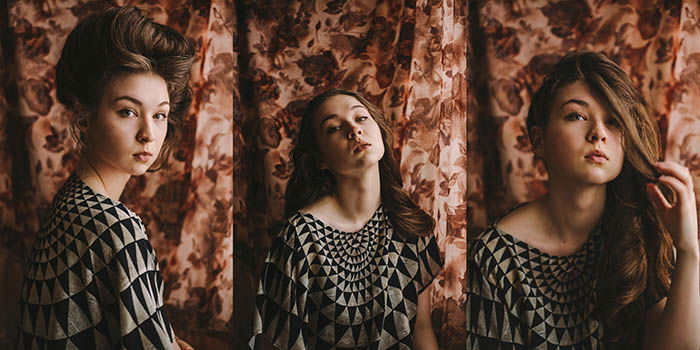
6. Do Something You Really Enjoy
Take a series of self-portraits in your happy place, wherever that is. It will make the shooting process enjoyable and allow you to make the most of several hobbies at once.
I enjoy playing the guitar (as you can see), reading, and exploring.
These are all interests that I can combine to show my love for both
photography and life. Think about your interests, and then figure out
ways to connect them in one photo.
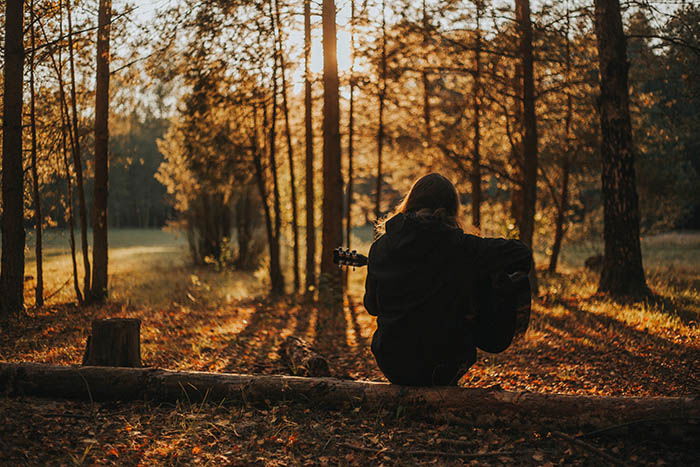
7. Take Photos with Your Pet (Or a Person!)
Pets are photogenic, so why not include them in your photos? If you own a pet or live next to someone who means a lot to you, take a photo with them.
Getting support during a self-portrait photography session will give you comfort, warmth, and lots of ideas. It will also strengthen the bond you have with your loved one.
If your pet doesn’t enjoy sitting still, don’t force it. Experiment,
be silly and don’t be afraid of making mistakes. Experimental photos end
up being the best ones, anyway.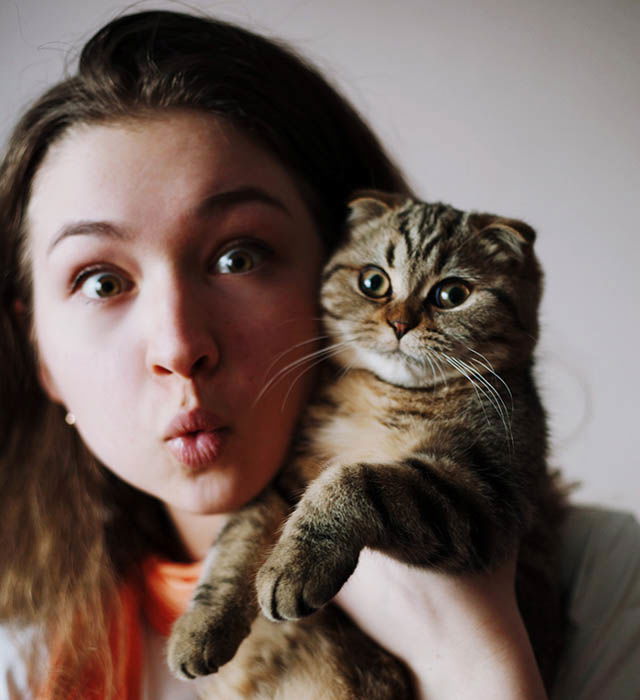
8. Transform Yourself Using Wigs and Costumes
Many people avoid self-portrait photography because they don’t feel attractive enough. Instead of feeling bad about your appearance, transform yourself! If you don’t want to take photos of yourself, why don’t you become another person?
Wigs and costumes, regardless of their quality, look great in self-portraits. A cheap brown wig will look stunning in a close-up self-portrait, even if it looks unflattering in real life. Using costumes and wigs is fun and helps you take impressive self-portrait photos.
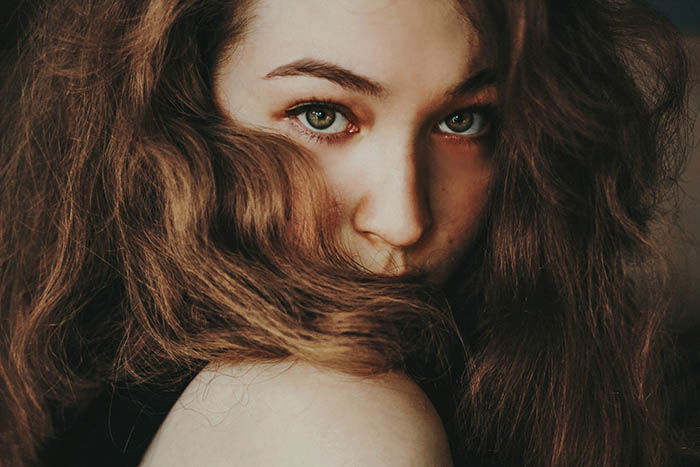
9. Focus on Details
Self-portraits don’t have to be photos of a face. They can be photos of hands holding something beloved, feet splashing in a puddle, or a faceless figure admiring its surroundings in nature. Details like these are as valuable as a photo of your face.
Look around, find a detail that catches your eye, and interact with
it while taking photos. Other details you could take photos of are parts
of your body like hair, hands, or eyes.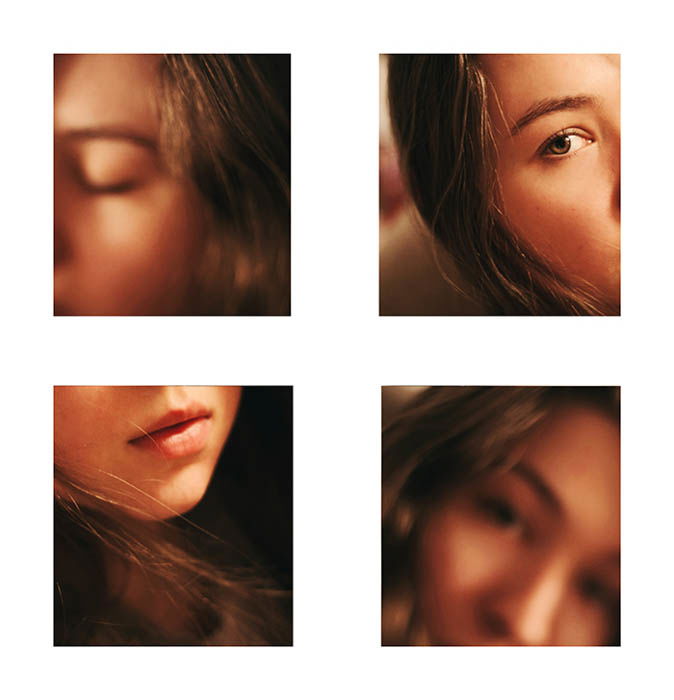
10. Get an Interesting Headdress (Or Make Your Own!)
Hats, flower crowns, and other fancy headwear look fantastic in
photos. If you’re feeling extra artistic, make your own headdress using flowers (like I did), branches, fabric, or anything else. The world is your oyster when it comes to DIY photography!
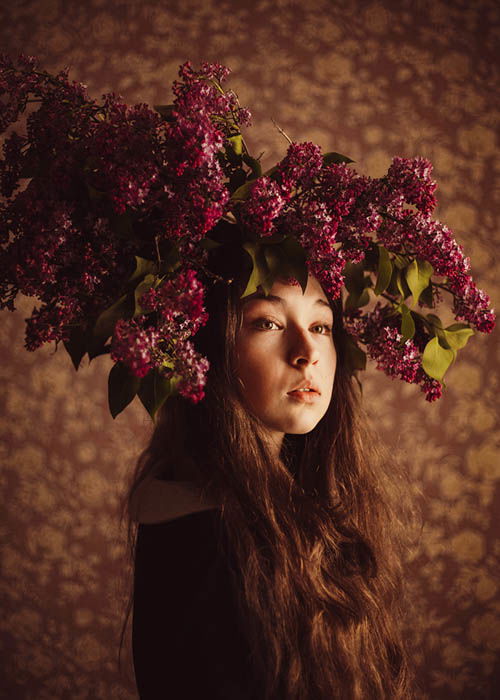
11. Be Silly
Many people feel awkward at the beginning of a self-portrait session. You get more comfortable if you practice different expressions in the mirror. You can also accept your flaws and become your own parody.
Pull different facial expressions, move around, and make yourself laugh. Though I can’t guarantee that the results will please you, I can promise that they will bring a big smile to your face.
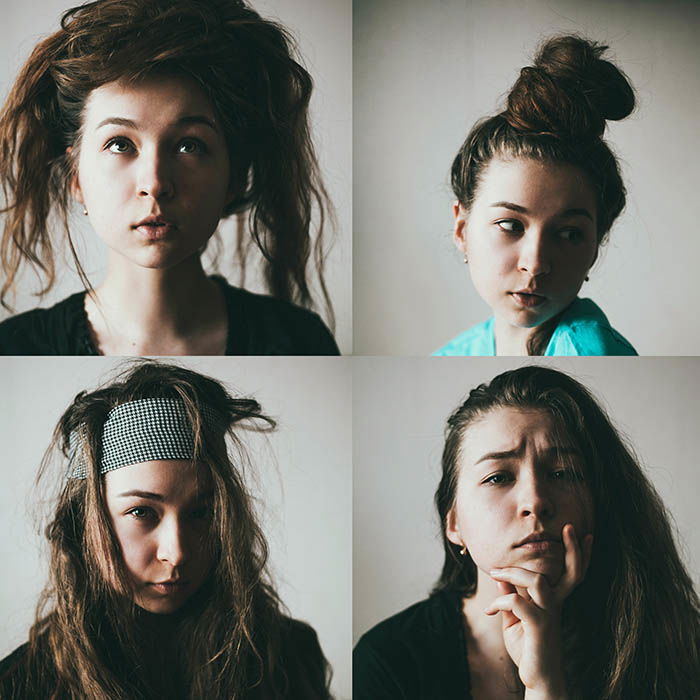
12. Shoot Through Objects
Partly covering your lens will result in experimental and creative self-portraits. Shoot through things like lights, hands, and branches if you want to do so. You can use branches to create a frame around your face or add an interesting element to your photos. Steam can create eye-catching shadows.
If you want a fuller effect, shoot through windows for brilliant reflections, or cellophane for a dreamy effect. Use bokeh filters to transform it into hearts, stars, or other shapes. You can use almost anything in a composition to make creative self-portraits. Use the entire object or only parts of it.
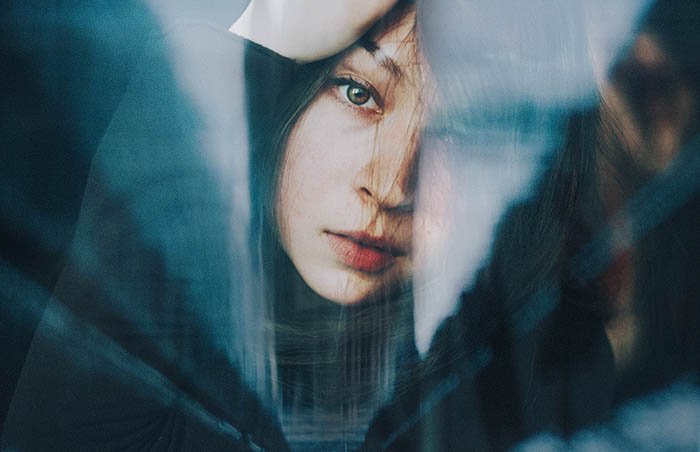
13. Hide Parts of Your Face
Instead of taking photos of your entire face, focus on one area only. I like to cover parts of my face with curtains, hair, and blurred foregrounds. This concealment highlights my eyes and challenges me to make the most of only one feature.
The best thing about “hidden” self-portraits is that you don’t have
to go far to take them. It’s possible to take simple yet cool
self-portraits right now!
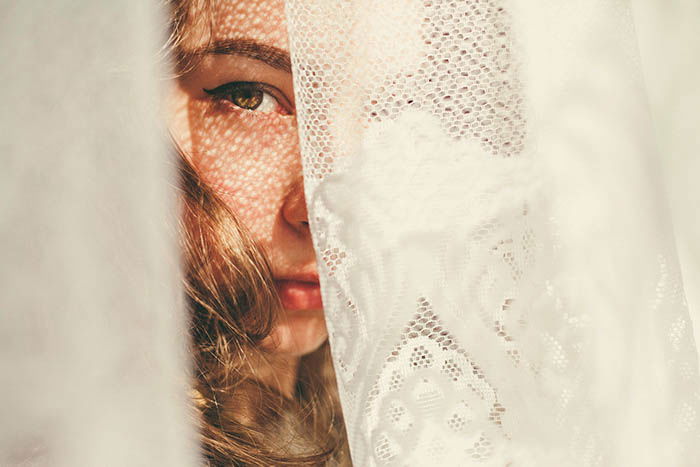
14. Pretend You’re in a Movie
If you are like me and love cinematic portraits, you’ll enjoy acting in front of the camera. Create a story in your mind, visualize the scenes, and recreate them through self-portrait photography.
Your idea doesn’t need a complicated twist or a surprising ending. Add two black lines above and below your photos in the editing process. You can even crop them, so they look more like film stills. Doing this is a great reason to rewatch films to get even more inspiration for future projects.
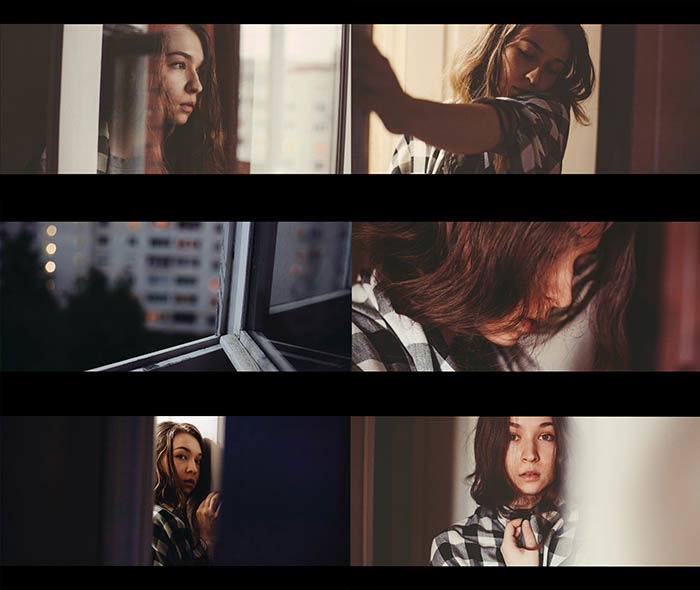
15. Shoot in Black and White
Black and white portraits are a special genre of their own. If there’s an emotion
you’d like to emphasize, experiment with B&W photography. It will
highlight your feelings and add texture to details you might otherwise
ignore. It also gives you more experience in the genre.
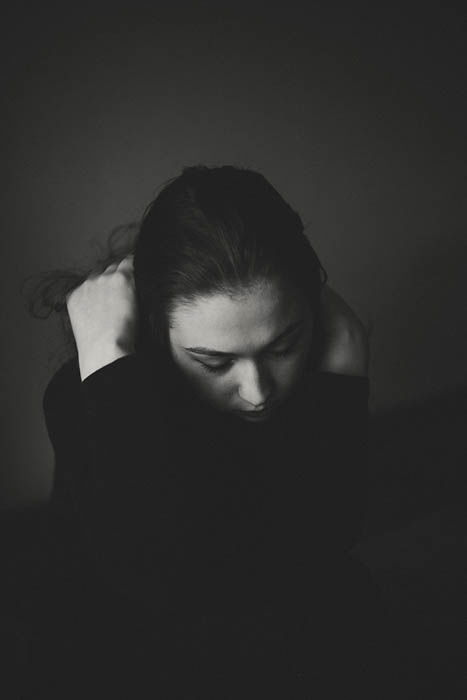
16. Go Limited
Having too many options at once can feel paralyzing. Limiting yourself by shooting at only one location can improve your work.
Do a photoshoot in one room and make the pictures look like you took them in different locations. It will not only give you a fun project to work on but force you to look at your surroundings from a new perspective. This challenge will also make you focus on details that you usually overlook.
It will improve your general creativity and sharpen your ability to notice great things in simple places. What you learn during this process will come in handy in every future shoot.
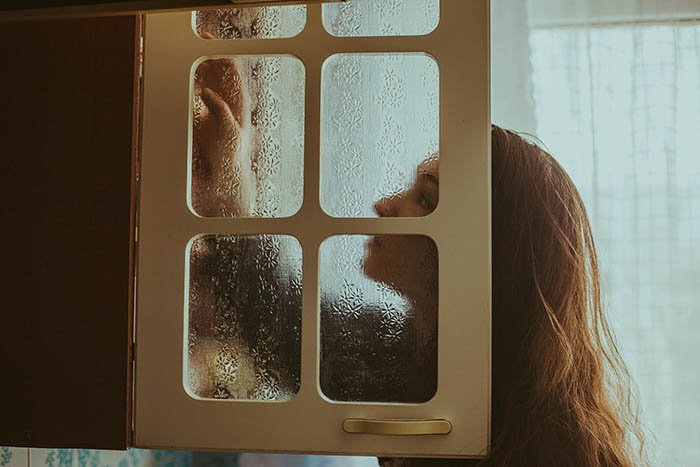
17. Make a Diptych
A diptych is a “collage” made of two photos. These images often contain many subjects that tell a detailed story about the photographer. This is particularly handy in self-portraiture.
You can combine a simple photo of yourself with a gorgeous photo of
nature. Diptychs come in handy when you have two photos you like a lot.
Instead of choosing one, you can use them both at once!
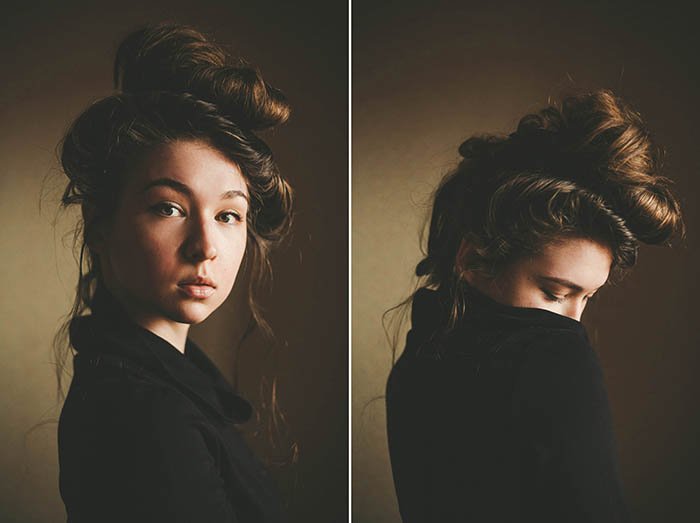
18. Stick to One Color at a Time
Pick a single color and create a self-portrait photo series inspired by it. Though the photos don’t have to feature one color only, they should all have a similar color scheme.
This project will refresh you, challenge your imagination, and give
you a chance to unleash your creativity. Plus, you can base the
photoshoot on the clothes in your wardrobe.
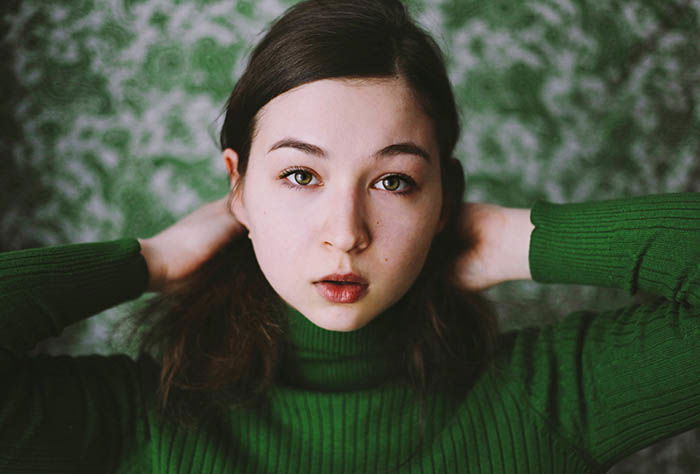
19. Experiment with Shadows and Lighting
My favorite portrait photographers are excellent at shadow-play. You can do so much with the help of a single light source and a pattern.
Give yourself as much freedom as possible when you experiment with light. Use sun hats, curtains, hands, or plants to create incredible, creative self-portrait photography.
Light is a priceless tool that can make the simplest portraits look fantastic. When you become a master of light, you become a master of photography. Take photos both indoors and outdoors, and don’t be afraid to break the rules as you do.
Don’t be scared of working with artificial light. You don’t need to invest in professional lighting equipment. You can use any indoor light you own to take creative self-portraits. I often use a lamp to light my face because it lets me experiment with new angles and styles. I don’t have to worry about time, which isn’t the case when it comes to ever-changing natural light.
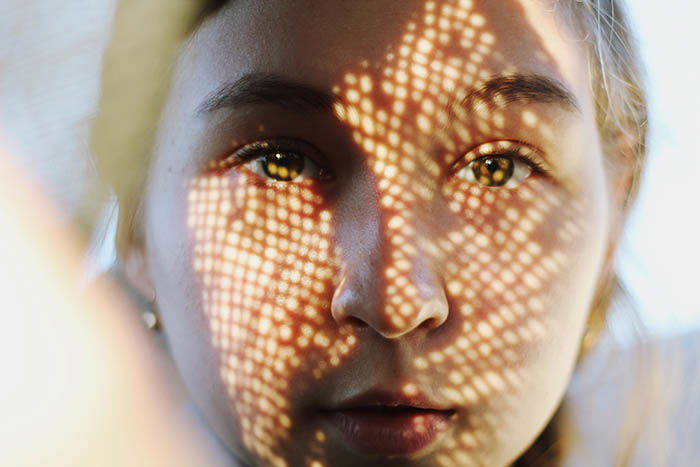
20. Stitch Photos to Make a Panoramic Self Portrait
Panoramas are fun to make and pleasant to look at. This is how I make mine:
- I take vertical self-portraits that don’t crop any of my limbs and leave space around me using a tripod.
- Then, I go back to my camera and take photos of the areas I’d like to stitch. I make sure that I don’t make any quick movements or position myself to another location.
- After that, I import my photos into Lightroom. I select the photos I’d like to stitch and go to Photo > Edit In > Merge to Panorama in Photoshop.
- Finally, I color correct the results.
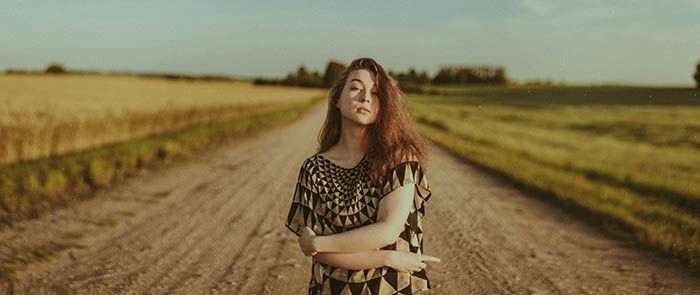
21. Document the Seasons
Each season has something worth photographing. Take self-portraits every season. This way, you can work on a year-long project. The results will give you pleasant memories, show you every side of nature’s beauty, and impress others.
If a long-term project doesn’t excite you, make the most of the current season. Think of what you like about it. It could be the blooming sunflowers of summer or the colorful fallen leaves of autumn.
Photograph that and include yourself in it.
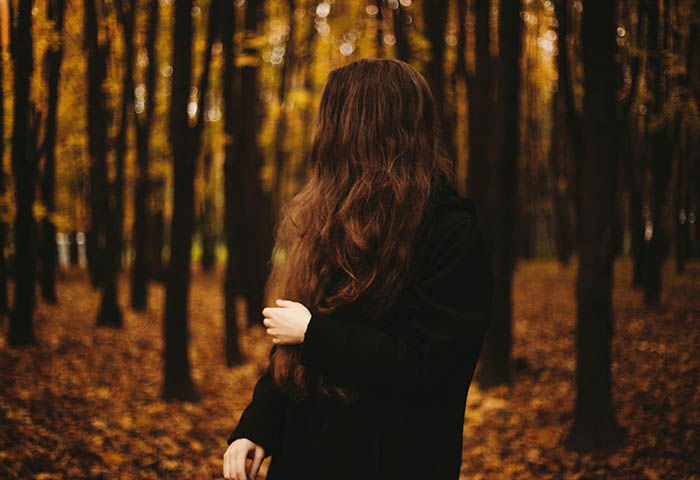
Taking photos of yourself will improve your self-confidence and develop your creative eye.
Like any photography genre, self-portraiture needs to be meaningful and touching. Every photographer has a unique creative purpose. If you don’t know your purpose, don’t lose hope. Don’t be afraid of making mistakes. This is how we learn! The more you practice, the easier the challenges will get.
Hopefully, these ideas will encourage you to go out and explore the wonderful world of self-portrait photography. Remember, you and your camera are everything you need to take a great photo of yourself.
------------------------------------------------------------------------------
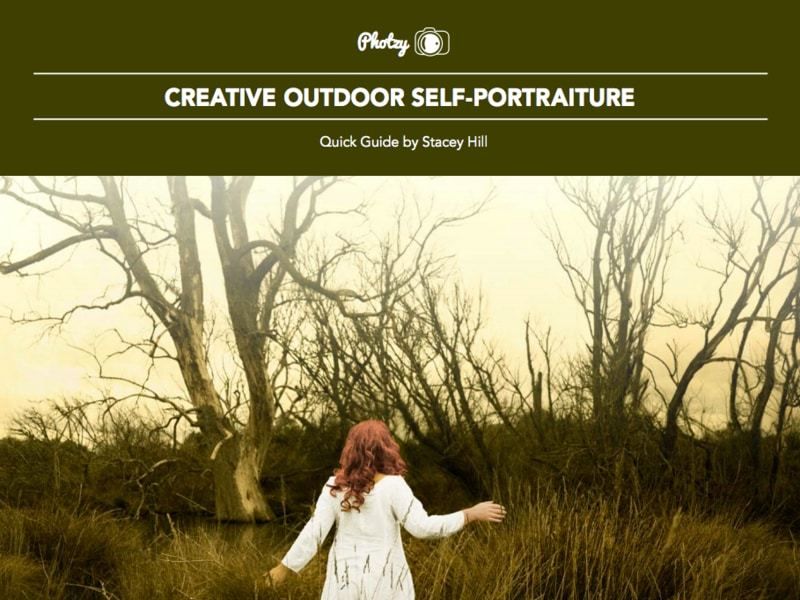
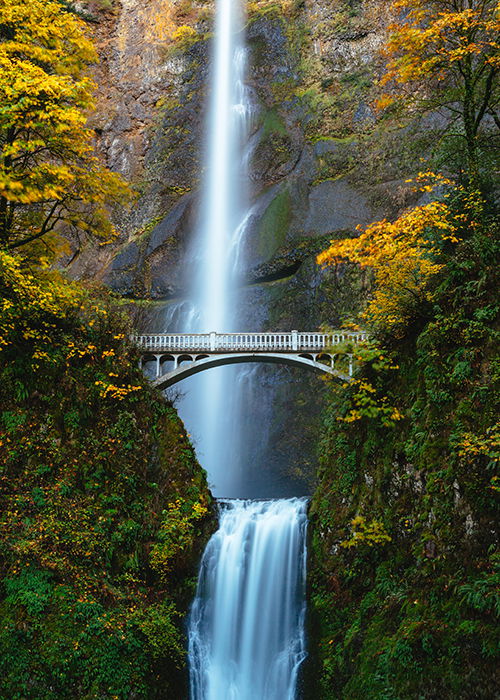
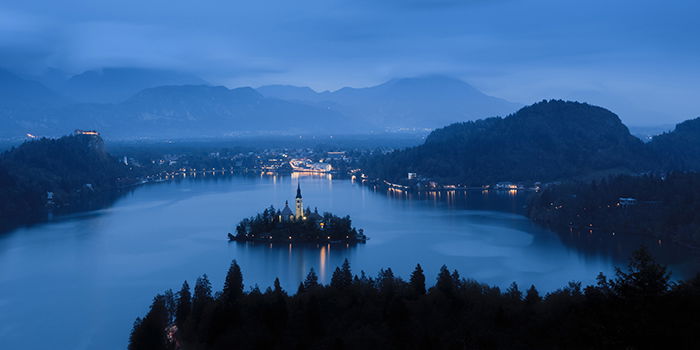
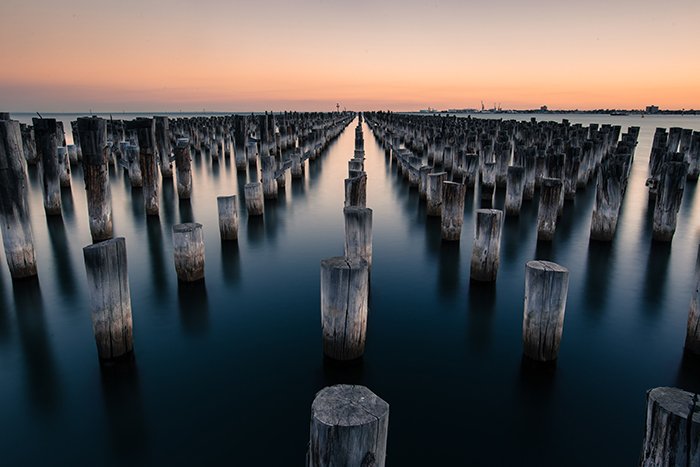
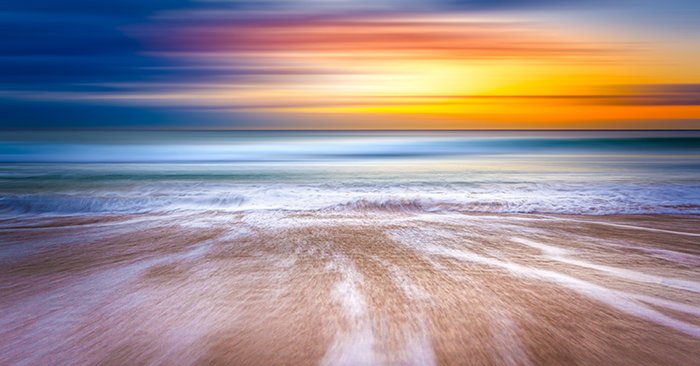
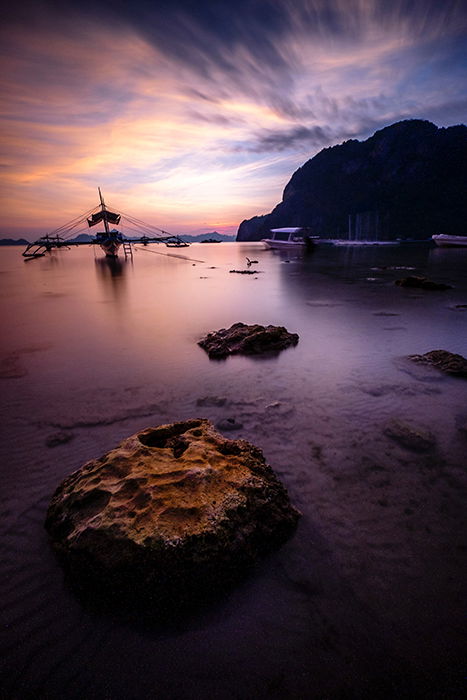
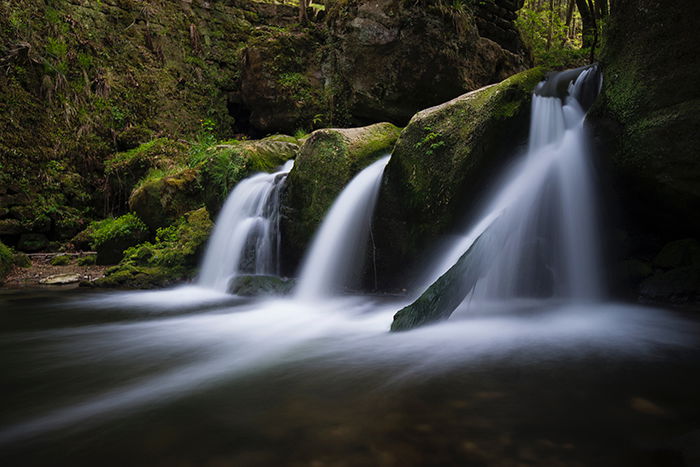
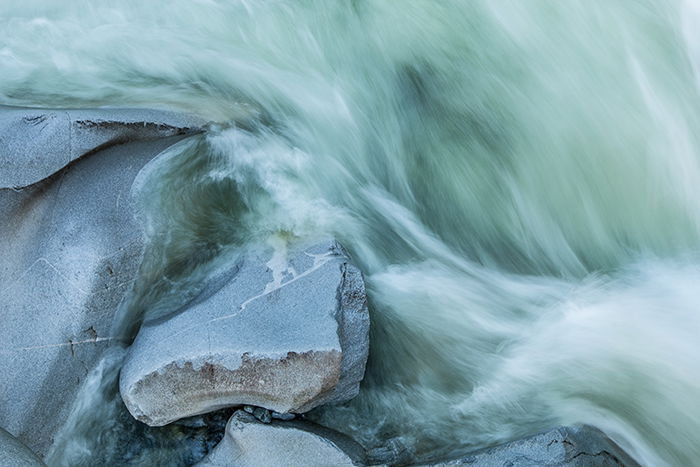
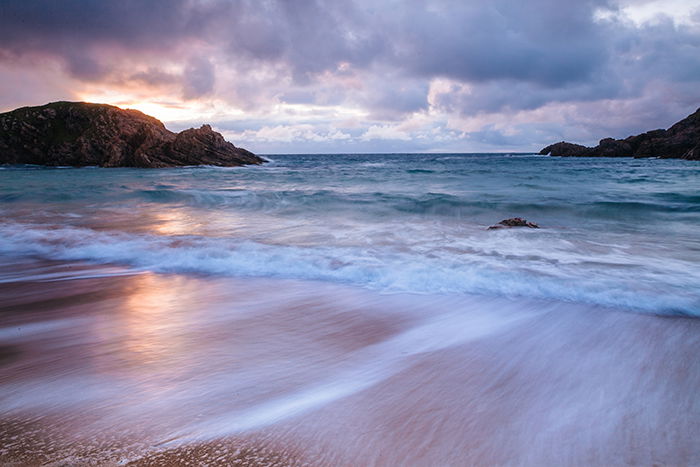

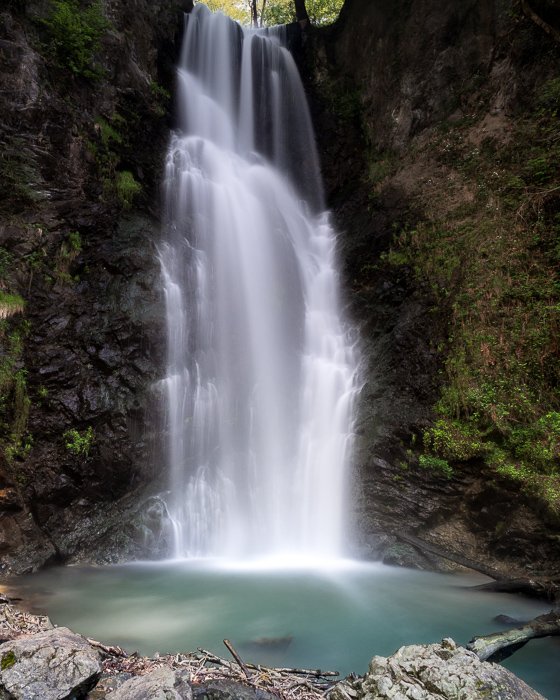
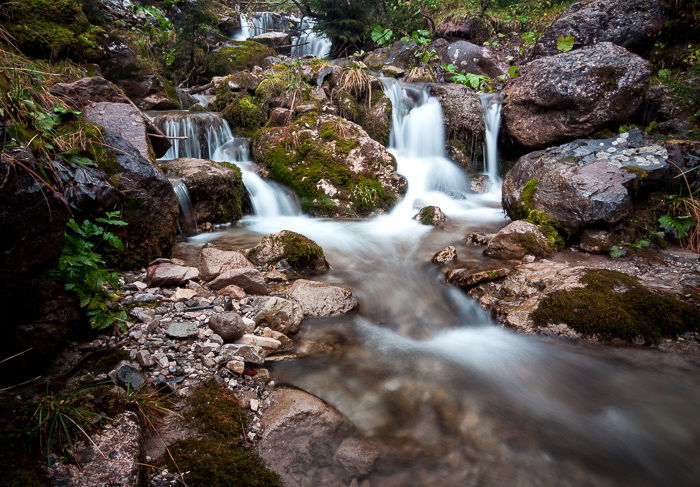
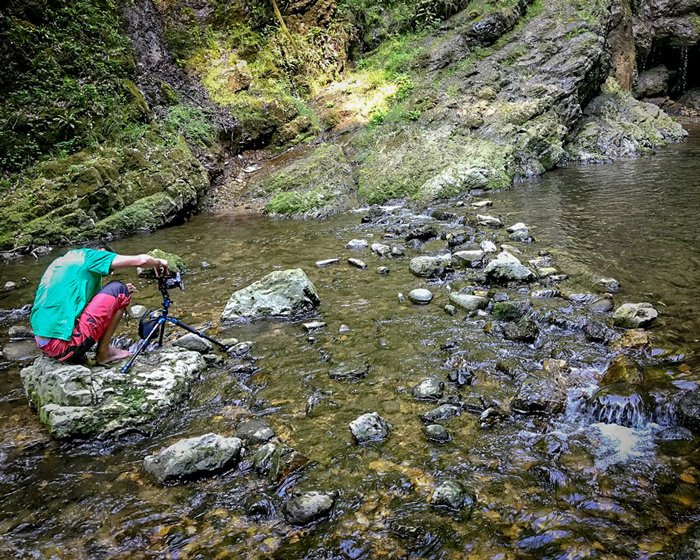
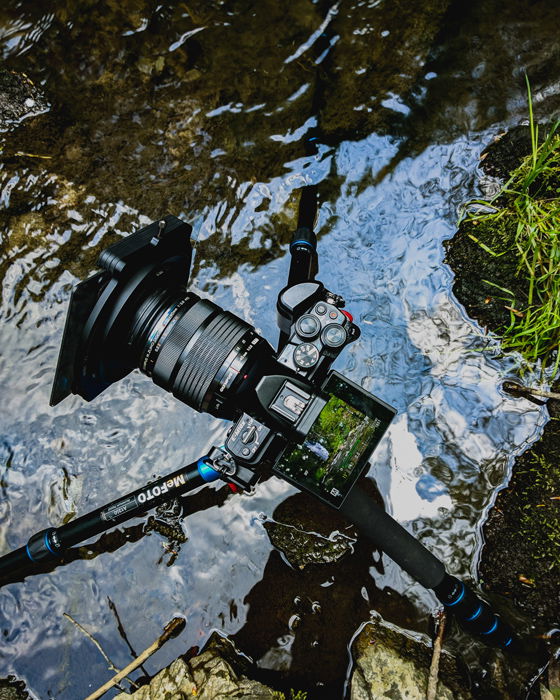
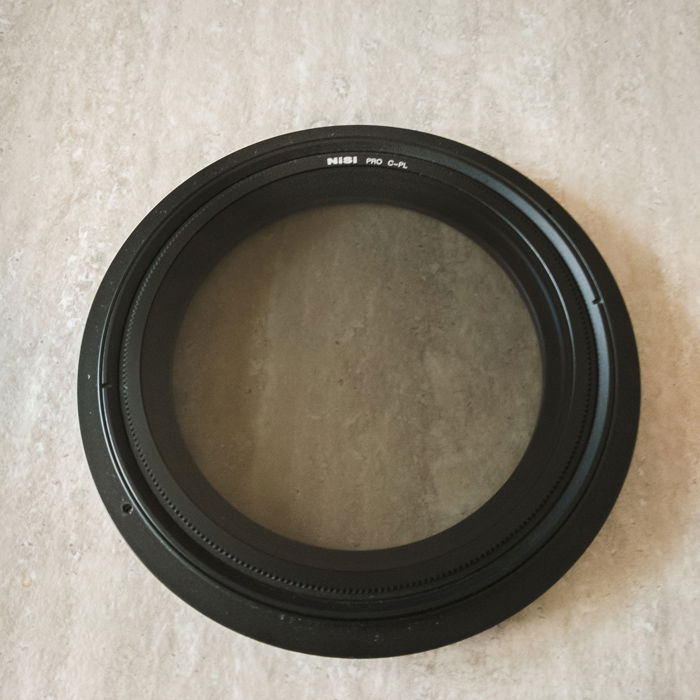
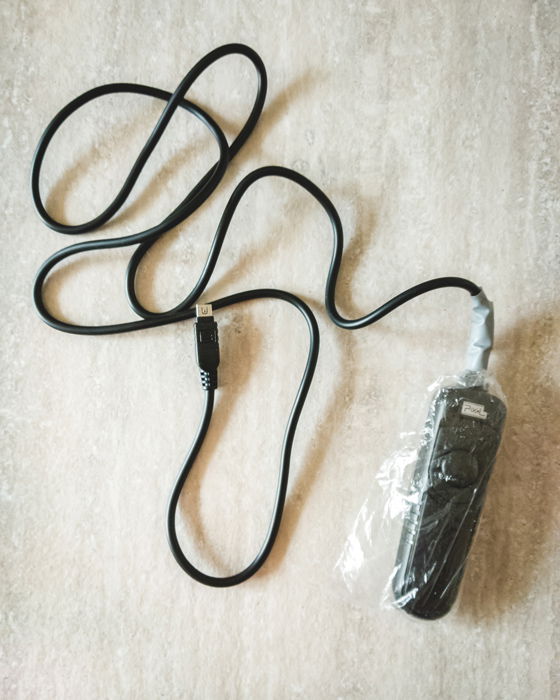
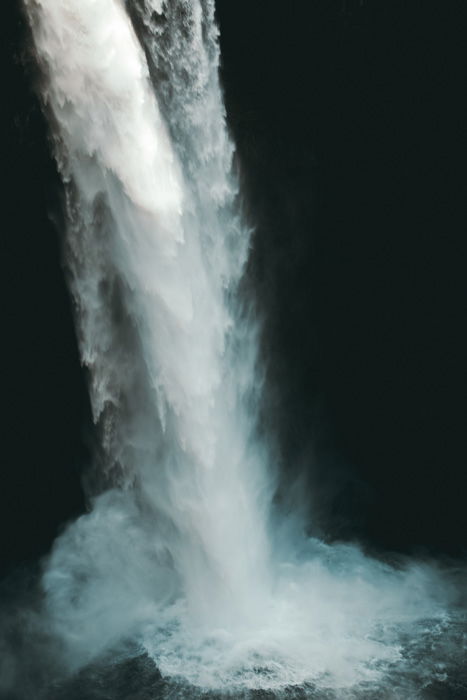
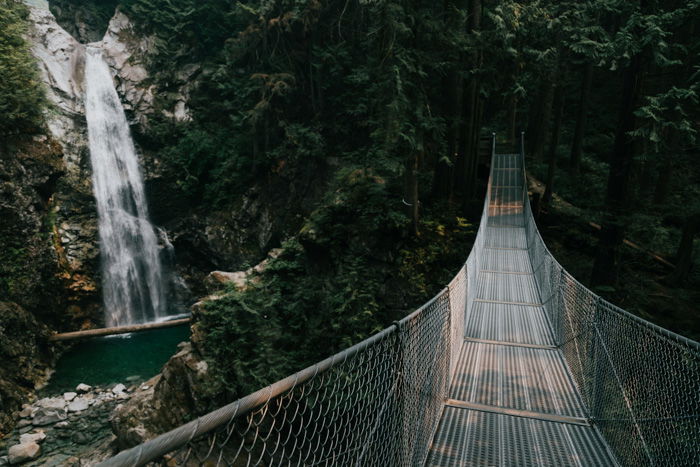
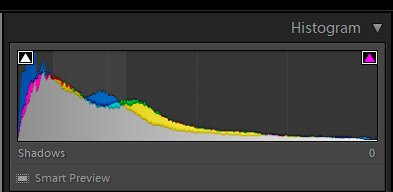 I
try to manage the highlights and the whites right in the field; you
can’t manage them in post-processing. If I burn the highlights, I cannot
recover them in
I
try to manage the highlights and the whites right in the field; you
can’t manage them in post-processing. If I burn the highlights, I cannot
recover them in 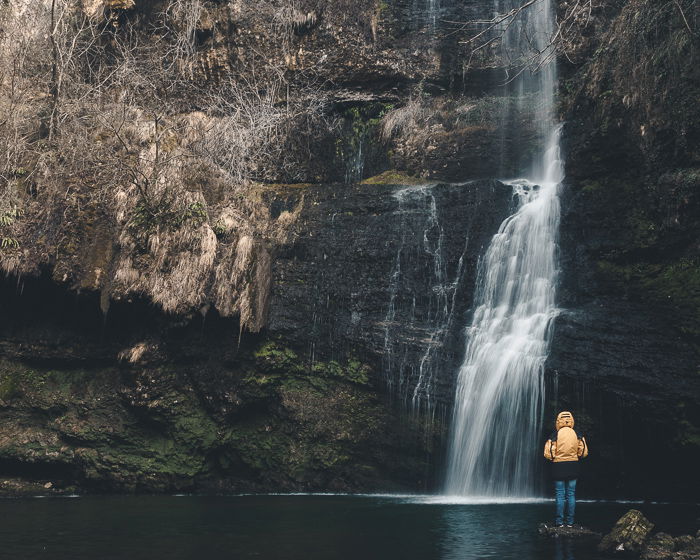
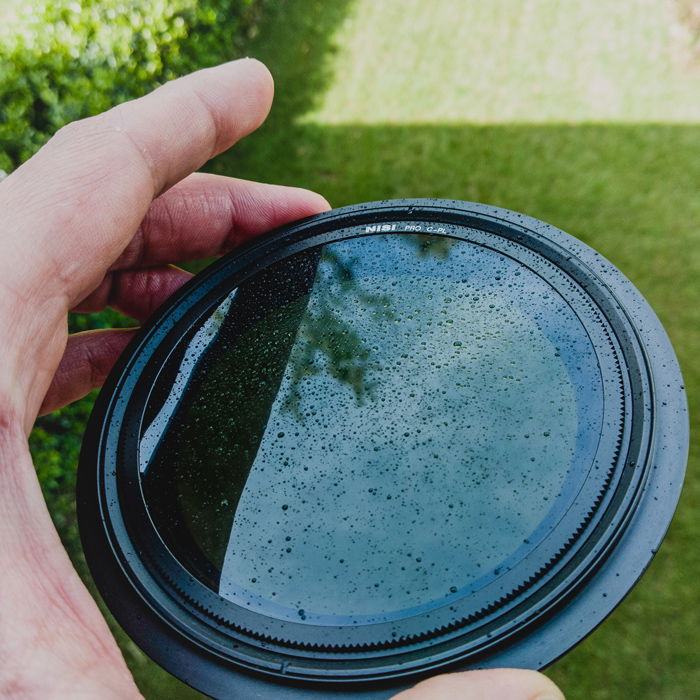 There
is another aspect to keep in mind when you want to take pictures of
waterfalls, especially if you want a long exposure waterfall photograph
and motion blur.
There
is another aspect to keep in mind when you want to take pictures of
waterfalls, especially if you want a long exposure waterfall photograph
and motion blur.